Small businesses, like yours, often face unique challenges when it comes to harnessing the potential of data analytics.
We understand that limited resources and scattered data sources can make the journey seem daunting.
But fear not, because we’re here to empower your business with 6 invaluable tips on small business data analytics that will transform your decision-making process.
Before diving into today’s content, if you are new to small business data analytics, you should check out these 2 comprehensive posts first:
Data Collection for Small Businesses – A Detailed Guide
What Are the Best Data Analytics Tools for Small Businesses?
What Sets Small Business Data Analytics Apart?
Small businesses, in contrast to their larger counterparts, may lack the technology and expertise needed to effectively collect, manage, and interpret data.
Instead of approaching data comprehensively, small business data analytics tends to focus on specific needs, honing in on core metrics that directly influence their growth.
A common challenge in this scenario is the existence of data silos, where data resides in different systems, hindering comprehensive analysis.
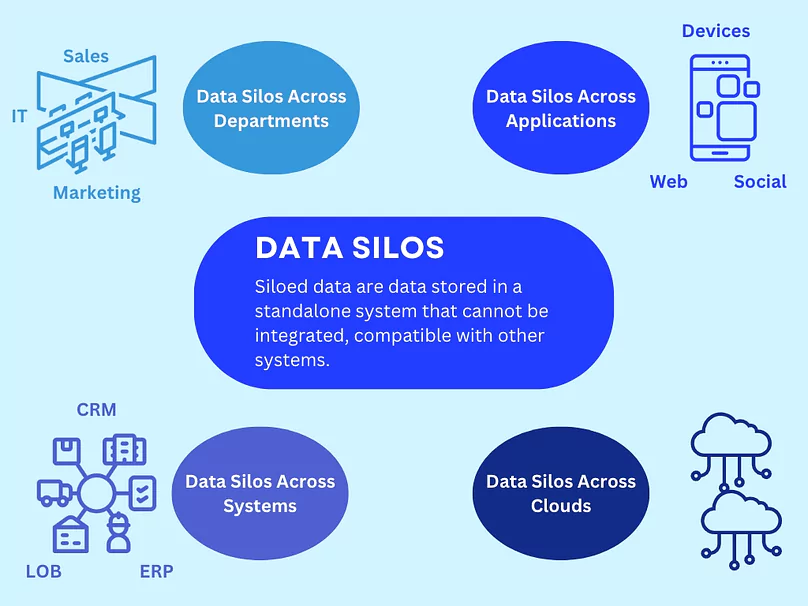
These data silos can pose significant problems for small businesses, including issues like inaccurate reporting and inefficient decision-making.
Given their restricted resources and the competitive landscape, small business owners need to be nimble and make quick decisions while wisely allocating resources.
Data analytics for small businesses should provide actionable insights in real-time or near-real-time, allowing for rapid adjustments to strategies and tactics.
Despite the challenges, small businesses can – and should – leverage the power of data analytics. By doing so, small businesses can optimize their operations, marketing, and customer relationships, ultimately leading to more profitability.
6 Ways to Improve Decision-Making
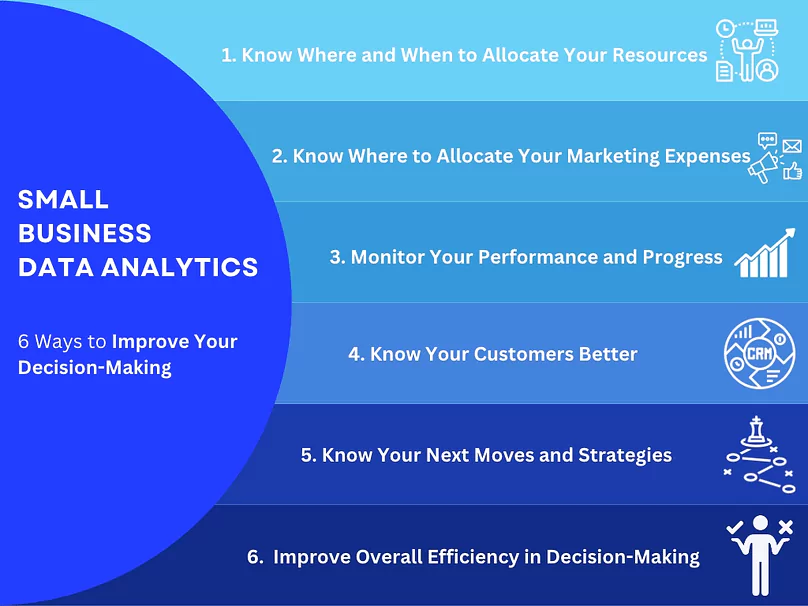
1. Know Where and When to Allocate Your Resources
You have a good product or service and you know it.
But are they the right fit for your target audience?
Data analytics can provide you with the answer.
Consider a small coffee shop as an example. While you may know your products well, without data, you might miss valuable insights.

Analyzing daily sales data can reveal hidden gems, such as discovering that specialty espresso drinks sell exceptionally well during the morning rush, while drip coffee dominates the afternoon.
Armed with this piece of insight, you can adjust your inventory accordingly, ensuring you have enough espresso beans and baristas during the busy mornings and focusing on drip coffee in the afternoons.
This strategic resource reallocation can also in return, lead to higher customer satisfaction and increased revenue during peak hours.
To facilitate effective metrics tracking and insights, consider implementing a Business Intelligence (BI) Tool.
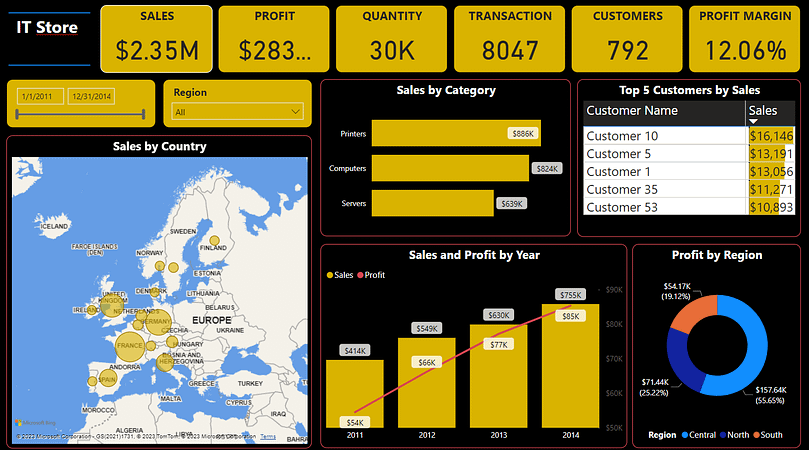
A well-designed dashboard like the above can present your performance and insights from various angles, enabling you to identify optimization opportunities.
2. Know Where to Allocate Your Marketing Expenses
Wise allocation of your marketing budget is critical. Data should be your guiding light in this process.
Instead of blindly following the 7% rule of thumb for marketing expenditure, conduct tests across different channels to understand your cost of conversion.
By tracking user engagement, conversion rates, and cost per conversion across channels, you can understand the effectiveness of each channel and make more informed decisions.
For instance, if email marketing consistently provides the highest ROI, allocate a larger portion of your budget to it for better returns.

[mailerlite_form form_id=3]
3. Monitor Your Performance and Progress
Data isn’t just for resource allocation; it’s also a powerful tool for tracking performance and setting goals.
Traditional accounting information only scratches the surface. As a small business, you need comprehensive insights into your performance.
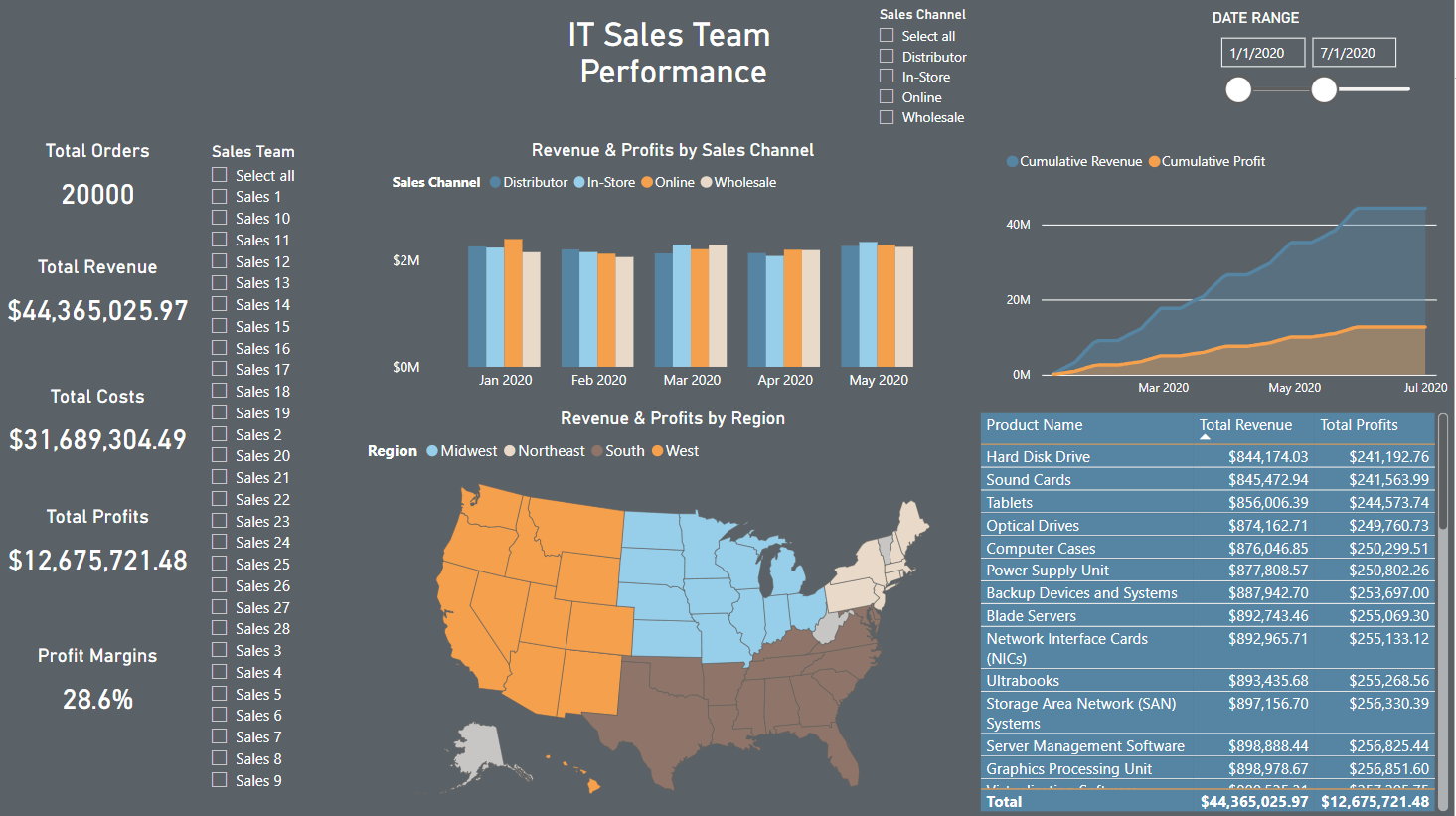
Data can help you track progress, set goals, and even forecast future demand or cash flow.
Consider our coffee shop scenario again. By analyzing barista performance data, you can identify efficiency improvements, like one employee consistently serving customers faster while maintaining quality.
You can use this data, and drill into the details. Then implement these best practices across your team, significantly improving overall service efficiency.
4. Know Your Customers Better
Data can provide invaluable insights into your customers’ behaviors, preferences, and needs.
For instance, purchase history data can reveal your customers’ favorite products. Website analytics can show you the pages your customers visit the most. Social media analytics can show you the types of posts that engage your customers the most.
You can understand each customer’s interaction with your product or service, what are their preference, and their needs. Thus providing customized or differentiated services to each client.
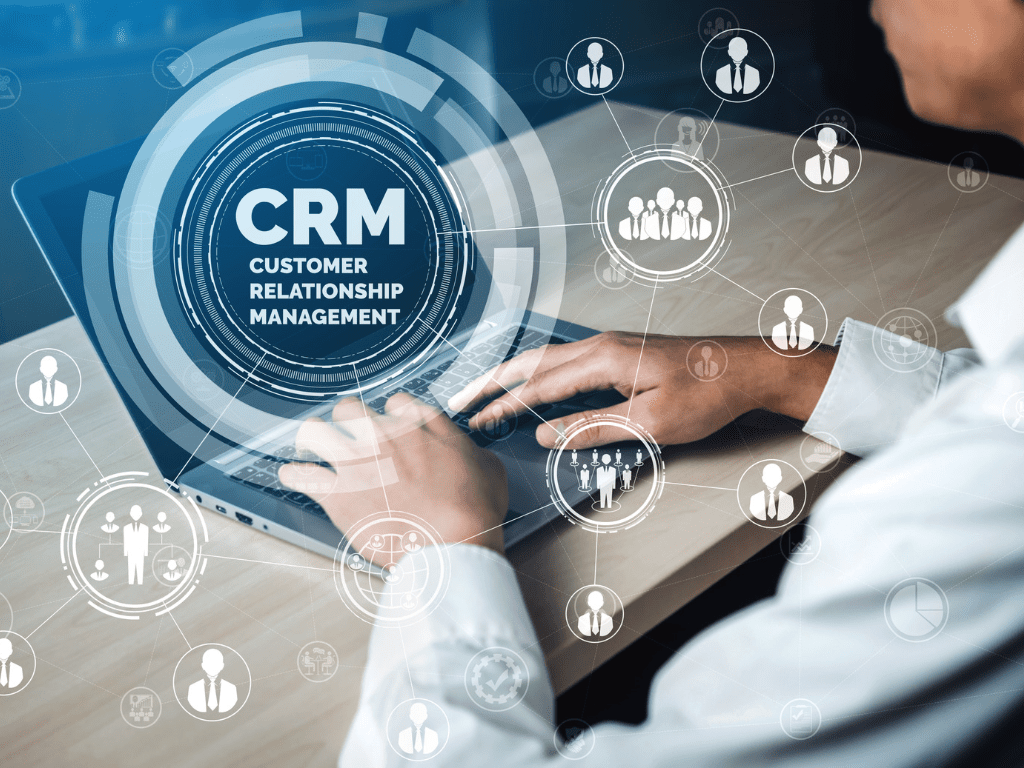
By understanding your customers better and providing services beyond their expectations, you can greatly improve customers’ experience working with you and have an irreplaceable competitive edge.
5. Know Your Next Moves and Strategies
In today’s transparent market, staying ahead is challenging.
Small businesses need to continuously assess competitors’ strengths, weaknesses, and strategies.
Data-driven competitor analysis allows you to adapt to market changes effectively and maintain your competitive edge. For instance, collect data on your competitors’ pricing adjustments, and customer reviews.
Through data analysis, you notice that a competitor’s recent price increase led to customer complaints. You decide to keep your prices stable and capitalize on the price-sensitive customers who have been dissatisfied with your competitor’s change.
[mailerlite_form form_id=2]
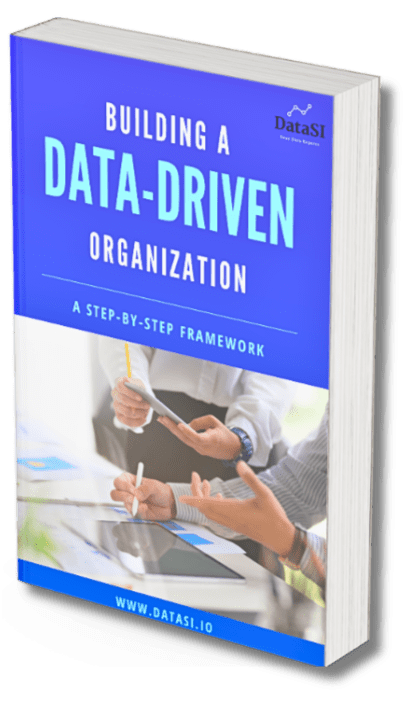
6. Improve Overall Efficiency in Decision-Making
Embedding data into your daily decision-making processes enhances efficiency and reduces costly mistakes.
Compared with back-and-forth discussions, brainstorming, and making decisions based on intuition and guesses, data-based decision-making can greatly improve the company’s efficiency and reduce the cost of making mistakes.
Data can be used as a direct indicator to tell decision-makers which strategy works and which does not, helping small businesses stay sharp in the fierce competition, reduce distractions, and flexibly adjust strategies and directions.
What Small Businesses Should Consider Before Starting a Data Strategy
Before you decide to embark on a data strategy, there are several crucial considerations you should keep in mind.
A well-thought-out approach to data strategy can significantly enhance decision-making and overall business performance. Here are key points to consider:
- Clear Business Objectives:
- Define your business goals and objectives that you want to achieve through data-driven insights. What specific problems or opportunities are you looking to address with data? Having a clear purpose will guide your data strategy.
- Data Needs and Sources:
- Identify the types of data that are relevant to your business. This can include customer data, sales data, website analytics, and more. Determine both internal and external sources of data. Read here for a detailed guide to small business data collection.
- Data Quality and Governance:
- Ensure data accuracy and quality. Implement data governance practices to maintain data integrity. Consider how data will be collected, cleaned, and managed.
- Data Privacy and Compliance:
- Be familiar with data privacy regulations such as GDPR or CCPA, and ensure compliance with these regulations when collecting and using customer data.
- Data Infrastructure:
- Evaluate your current data infrastructure and assess whether it can support your data strategy. Consider data storage, processing, and analysis tools that align with your needs.
- Security Measures:
- Implement robust security measures to protect your data from breaches. Data security is critical, especially when dealing with sensitive customer information.
- Budget and Resources:
- Assess the budget required for implementing your data strategy. Consider the cost of software, hardware, personnel, and ongoing maintenance.
- Scalability:
- Plan for scalability as your business grows. Ensure that your data strategy can accommodate increased data volume and complexity.
- Return on Investment (ROI):
- Determine how you will measure the ROI of your data strategy. Track key performance indicators (KPIs) related to your business objectives.
- External Partnerships:
- Explore partnerships with analytics experts if necessary to build a comprehensive and sustainable data strategy.
You don’t have to tackle all these steps on your own. With the right assistance, you can streamline your path to data success effortlessly.
At DataSI, we specialize in creating a tailored data strategy roadmap for you. This includes ensuring data quality during the collection phase and developing a sustainable self-reporting analytical tool for your team. This enables you to access essential insights conveniently, wherever and whenever you need them.
Talk to an expert today to unlock the unlimited potential.

Talk to us today
Find out how we can help your business to build a successful data strategy.


